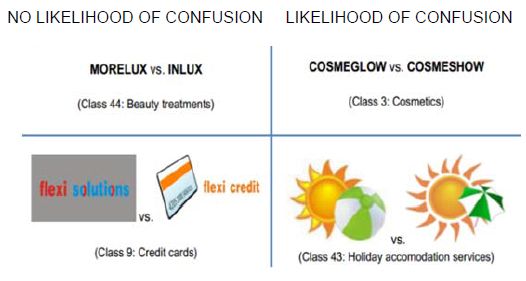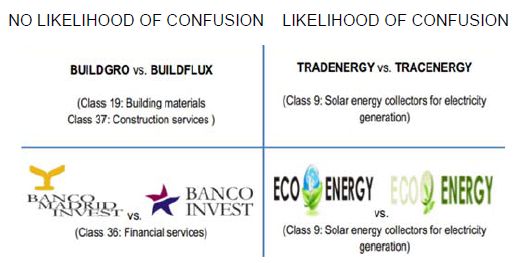Within the framework of the OHIM Convergence Program initiated in 2011 by the European Trade Mark and Design Network, the trade mark offices in Europe intend to harmonise their practices and to build a collaborative trade mark network by releasing Common Practices afterwards developed in Common Communications.
The "Common Communication on the Common Practice of Relative Grounds of Refusal – Likelihood of Confusion (Impact of non-distinctive/weak components)" (the "Common Communication") was released on 2 October 2014. It was published by the OHIM, all EU trade mark offices, with the exception of the Finnish and Italian offices, as well as by the offices of Iceland, Norway and Turkey.
The premise of the Common Practice is that, in the assessment of relative grounds for refusals, the earlier and the later marks cover identical goods and/or services and coincide in a component that has no or a weak distinctiveness.
The Common Practice consists of four objectives. The first objective is to define whether the earlier mark and/or the later mark (and/or parts thereof) are subject to an assessment of distinctiveness. When evaluating the likelihood of confusion, the distinctiveness of the earlier trade mark as a whole is assessed, taking into account that a certain degree of distinctiveness needs to be acknowledged. Moreover, the distinctiveness of all components of both the earlier and the later mark is also assessed. In that analysis, priority is to be given to coinciding components.
The second objective is to determine the criteria to assess the distinctiveness of the mark. Here, the same criteria as those used to determine the distinctiveness in absolute grounds for refusal apply, i.e., whether a minimum threshold of distinctiveness is met. However, in the analysis at hand, these criteria are also used to consider the varying degrees of distinctiveness.
The third objective is to determine the impact on the likelihood of confusion when marks share a common component with a low degree of distinctiveness. In such a case, the assessment of the likelihood of confusion will focus on the impact of the non-coinciding elements on the overall impression of the marks. As such, a coincidence in an element with a low degree of distinctiveness will not normally, of its own, lead to a likelihood of confusion. This is unless the other elements have a lower (or equally low) level of distinctiveness or the overall impression of the marks is highly similar or identical.
Applications:

The fourth objective is to determine the impact on likelihood of confusion when the common components of the conflicting marks have no distinctiveness. Here, the assessment of likelihood of confusion will focus on the impact of the non-coinciding components on the overall impression of the marks (taking into account the similarities and differences as well as the distinctiveness of the non-coinciding components). A coincidence merely in the non-distinctive component does not lead to a likelihood of confusion. Only when marks also contain other figurative and/or word elements which are similar, will there be a likelihood of confusion provided the overall impression of the marks is highly similar or even identical.
Applications:

The Common Practice set out in the Common Communication emphasises the importance of non-distinctive or weak components of a trade mark in the overall assessment of likelihood of confusion on relative grounds cases. The likelihood of confusion having to be assessed on a case-by-case basis, the Common Practice serves as guidance for different offices to come to similar and predictable decisions vis-a-vis identical marks and grounds.
The Common Practice entered into force on 2 January 2015.
The content of this article is intended to provide a general guide to the subject matter. Specialist advice should be sought about your specific circumstances.
